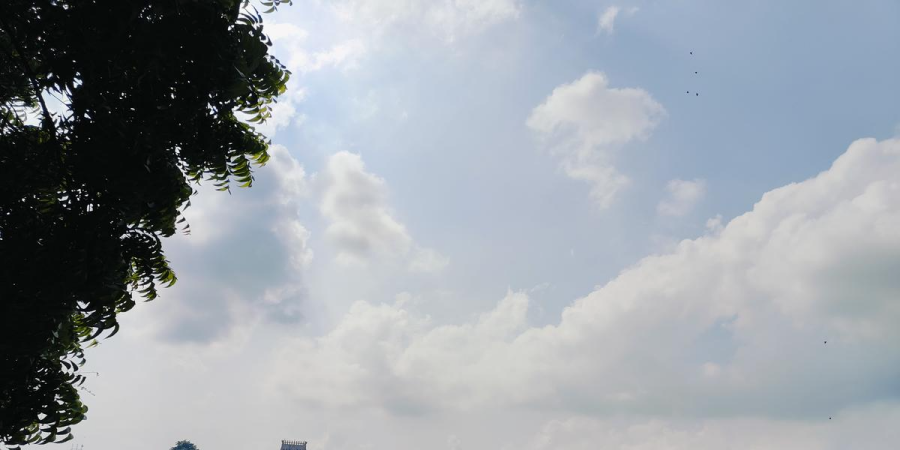

The most famous shrine in Chennai is one of the Padal Petra Sthalams, or temples, that the 63 prominent Saivite followers known as the Nayanmars have extolled. In the seventh century CE, Thirugnanasambandar paid a visit to this temple at the behest of a merchant by the name of Sivanesan. for arriving at the temple and learning that Poompavai, the daughter of Sivanesan, had perished due to snakebite, Thirugnanasambandar composed the Poompavai Pathikam, calling for the god Kapalishwara to bring Poompavai back to life. This temple still celebrates many of the festivals that are listed in this 1400-year-old Pathikam. The Kapalishwara temple was moved to its current site approximately 400 years ago from its previous location near the sea in the Mylapore district. With its numerous therapeutic benefits, the Punnai is known as the Sthala-Vriksham, or sacred tree. The origin of the name Mayilapur (Mylapore) is thought to have come from Parvati's worship of Siva here in the form of a peacock, or mayil in Tamil. In this temple, Parvati is revered as Karpakambal. Here are the songs praising Singaravelan sung by the renowned Vijayanagara era Muruga devotee Arunagirinathar from the fifteenth century. Chennai's most well-known temple festival is the Panguni Brahmotsavam, which is held annually. The Parthasarathi Svami temple is the only one that is located entirely inside Chennai's city borders out of the 108 Divya Desams, or the dwellings of Vishnu that the Azhwars or Vaishnava saints sing praises to. Rarely, all five of the deities worshipped in this temple—Narasimha, Parthasarathi, Gajendra Varada, Ranganatha, and Rama—have been extolled by three different Azhvars: Pey, Thirumazhisai, and Thirumangai. the temple's imposing primary image, is called after vengateshwaram the processional deity Parthasarathi Swami Krishna's wife, Balarama, Krishna's brother, Pradyumna, Krishna's son, Aniruddha, Krishna's grandson, and Satyaki, Krishna's relative, are all located in the main sanctum with Venkatakrishnan. The collective name for these five heroes is “Pancha Vira.” of the 8th-9th centuries CE.This is a dual temple because, in addition to the main deity Venkatakrishnan, who faces east, there is also Yoga Narasimha, who faces west. Here, Goddess Lakshmi, also known as Vedavalli Thayar, is Ranganatha's consort. Among the many inscriptions found in this temple, the oldest dates from the Pallava king Dantivarman's reign in the eighth and ninth century CE. The Padal Petra Sthalams include the Marundishwarar (Oushadishwarar) temple, since it was visited by the Nayanmars Appar and Thiruganasambandar during the 7th century CE, at which time they penned hymns honoring Marundishwarar. Arunagirinathar visited this shrine as well and wrote Tamil poetry about Subramanya. This temple is usually linked to the Ramayana poet Sage Valmiki, and outside the main gopuram is a unique sanctuary dedicated to him.
Several inscriptions from Rajendra Chola I's era from the 11th century witness to the construction of the goddess Tripurasundari's (Parvati) shrine. This shrine's outer mandapa, which houses some uncommon sculptures, was constructed in the
